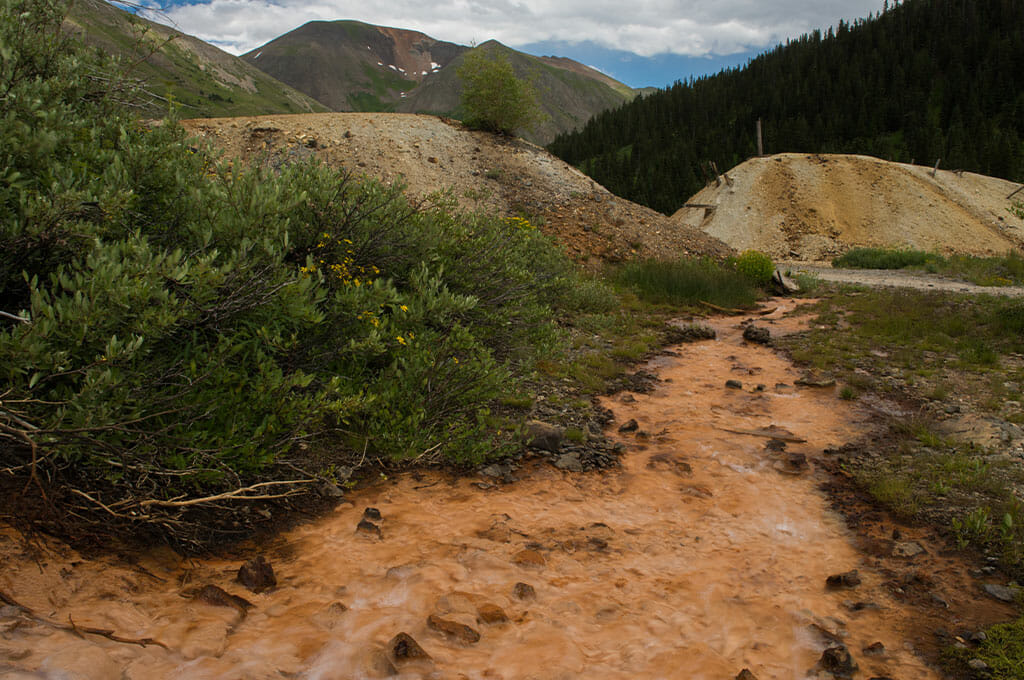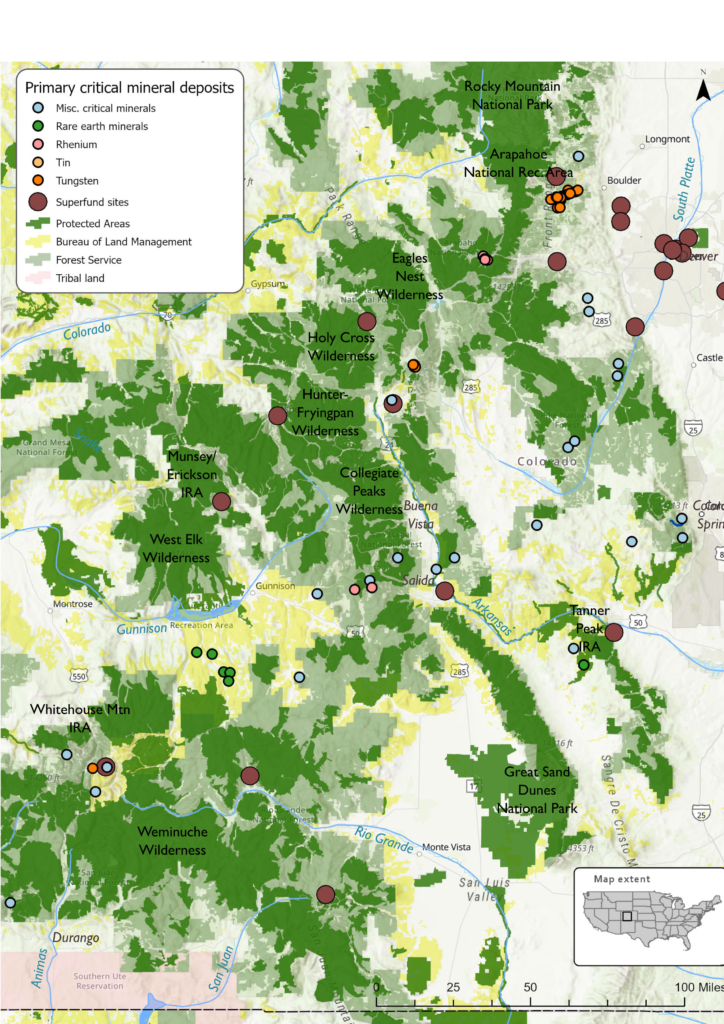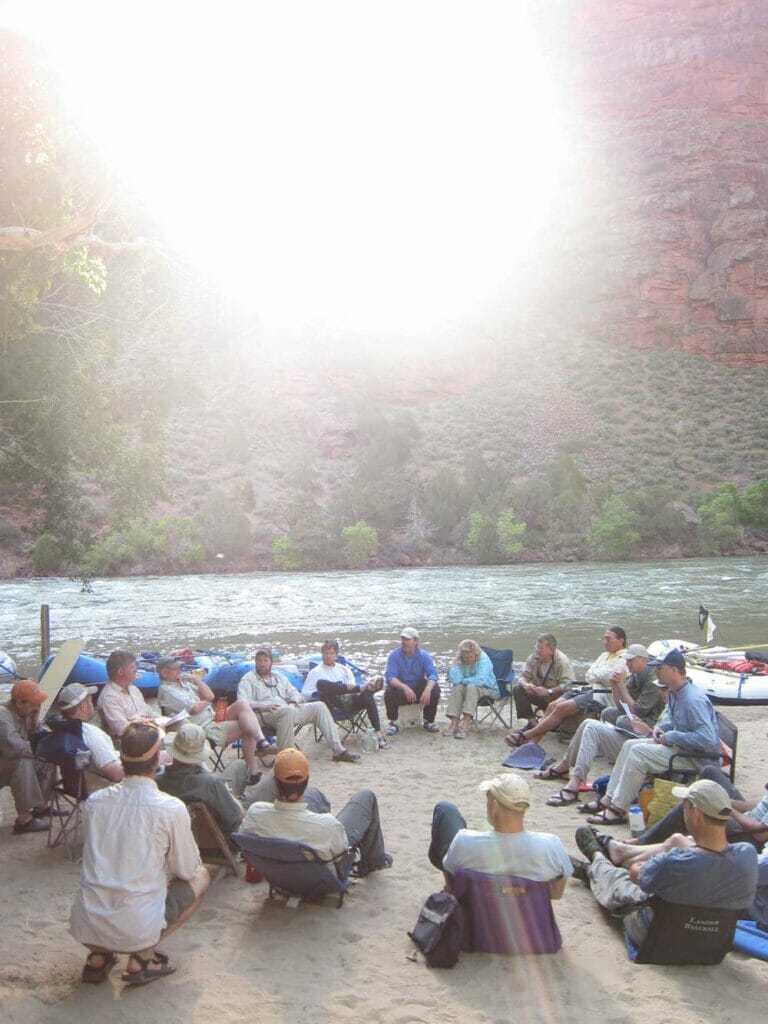If you’ll recall, the Biden administration recently released it’s 100-day review of critical mineral supply chains. As promised we are taking a deeper dive into how that report reflects on our tenets.
Read on to find out how the Biden administration’s recommendations stack up against our own tenets.
Tenet 1:
Before seeking new sources of raw materials, prioritize and fully utilize alternatives, such as recycling, substitutes to critical minerals, reprocessing old mine waste piles and ash material, and engineering advancements to reduce use and need for new mines.
Report Recommendations:
Recovery of critical materials from environmental legacy sites impacted by acid mine drainage or impoundments presents an opportunity to pair reclamation efforts with production, turning past industrial waste into the materials needed for green energy products. P. 193
There is tremendous opportunity for the private sector to grow strategic and critical material recycling as hybrid-electric and full electric vehicles, as well as other emerging technologies, reach end-of-life (EOL). This could include strategic and critical materials in lithium-ion batteries (nickel, cobalt, lithium, others) and electric motors (rare-earth elements). P. 196

Tenet 2:
Evaluate critical mineral mine site proposals on public land through transparent, effective and predictable public processes – ones that include public land users, affected communities and indigenous tribes, as well as appropriate state and local governments and other stakeholders.
Report Recommendation:
New raw mineral mining must be held to modern environmental standards, require best-practice labor conditions, and conduct rigorous community consultation, including with Tribal nations through government-to-government collaboration, while recognizing the economic costs of waste treatment and processing. P. 86
Tenet 3:
Avoid and minimize critical mineral development impacts to important fish and wildlife habitat, including focusing operations on landscapes that already have established infrastructure.
Report Recommendation:
Siting should consider prioritizing lower-impact sources such as already disturbed lands and economic development opportunities for impacted communities. P. 142

Tenet 4:
Encourage federal and state policies that support responsible critical minerals mining and avoid impacts to special places, recreational assets and high-quality fish and wildlife habitat. Where impacts are unavoidable, effects must be mitigated including through the use of compensatory mitigation.
Report Recommendation:
To reduce conflict, provide increased certainty for industry, improve the environmental performance of mines, better engage Tribes and local communities, and protect taxpayers from the cost of remediating abandoned mines, Congress should enact comprehensive reform of the General Mining Act (GMA) of 1872 and USDA and DOI should strengthen the regulations governing mining on public lands. States also have a significant role in review and permitting of mining projects. P. 142
Tenet 5:
Ensure that environmental safeguards, such as the National Environmental Policy Act and current public land protections, are not circumvented, repealed or weakened for the purposes of developing critical minerals.
Report Recommendation:
Federal agencies and state governments must hold raw mineral production to modern environmental standards, require best-practice labor conditions, and proceed with meaningful consultation with affected communities, including Tribal nations in government-to-government collaboration. P. 141
Tenet 6:
Utilize the best available science to map critical mineral resources, identify key fish and wildlife habitat, and develop avoidance and mitigation strategies.
Report Recommendation:
The Geological Survey and the major U.S. public lands agencies, the Department of the Interior and the Department of Agriculture, also should establish a new interagency task force to develop a material-by-material plan to identify specific locations of key strategic and critical materials in the United States that could be sustainably produced domestically. This task force should include the Environmental Protection Agency and consult with other key stakeholders, to ensure that such resources can be extracted while meeting the highest environmental, Tribal Nation consultation, and labor standards. P. 198

Tenet 7:
Where critical minerals are a byproduct of other mining objectives, enforce all applicable laws – including those that govern non-critical minerals – to ensure uniformity of policy.
Report Recommendation:
Not directly addressed, though the report notes that “some strategic and critical materials are derived exclusively from byproduct production.” (P. 177)
Tenet 8:
To be considered “critical,” minerals should be subject to import vulnerability, not just import reliance. Supplies from some allies may be part of secure supply chains, even if those minerals are imported.
Report Recommendation:
The United States cannot and does not need to mine and process all critical battery inputs at home; it can and should work with allies and partners to expand global production and to ensure secure global supplies. P. 140

Tenet 9:
Some places are simply too special or sensitive to mine. Where other values are deemed more important and risks too high, critical mineral mine proposals should not be approved.
Report Recommendation:
Not directly addressed, though the report recommends that “Congress should enact comprehensive reform of the GMA of 1872”, something that would likely provide public land management agencies a degree of discretion to deny mining permits in these instances. P. 142
Tenet 10:
Allocate a portion of the revenues generated from mineral development on public lands, including critical minerals, to offset expenses for mitigation and abandoned mine reclamation.
Report Recommendation:
Not directly addressed, though the report recommends that mining laws “should be updated to have stronger environmental standards, up-to-date fiscal reforms, better enforcement, inspection and bonding requirements, and clear reclamation planning requirements.” (P. 142). Fiscal reforms would likely include a royalty on minerals that could be put toward abandoned mine reclamation.
Tenet 11:
Develop new policies in formalized collaboration with all affected stakeholders, including hunters and anglers, tribes, outdoor recreation interests, labor, manufacturers and the mining industry.
Report Recommendation:
We further recommend establishing an interagency team with expertise in mine permitting and environmental law to identify gaps in statutes and regulations that may need to be updated to ensure new production meets strong environmental standards throughout the lifecycle of the project; ensure meaningful community consultation and consultation with tribal nations, respecting the government-to-government relationship, at all stages of the mining process; and examine opportunities to reduce time, cost, and risk of permitting without compromising these strong environmental and consultation benchmarks.

Tenet 12:
Seek to build enduring trust, transparency, and partnership with all stakeholders and impacted communities, which should result in more responsible mining projects, and reduced community opposition.
Report Recommendation:
The U.S. Government should work with key stakeholders from the private sector, labor, and nongovernmental organizations (NGOs) to develop easy to understand sustainability metrics for designated critical minerals and other critical materials. P. 195
The Biden administration’s report is a good start to ensure our country has a holistic critical minerals strategy to responsibly address supply chain challenges while also sustaining the public lands and fish and wildlife habitat. Moving forward, we’ll be working with federal agencies, our partners and other stakeholders to build on these recommendations with concrete polices and actions.



